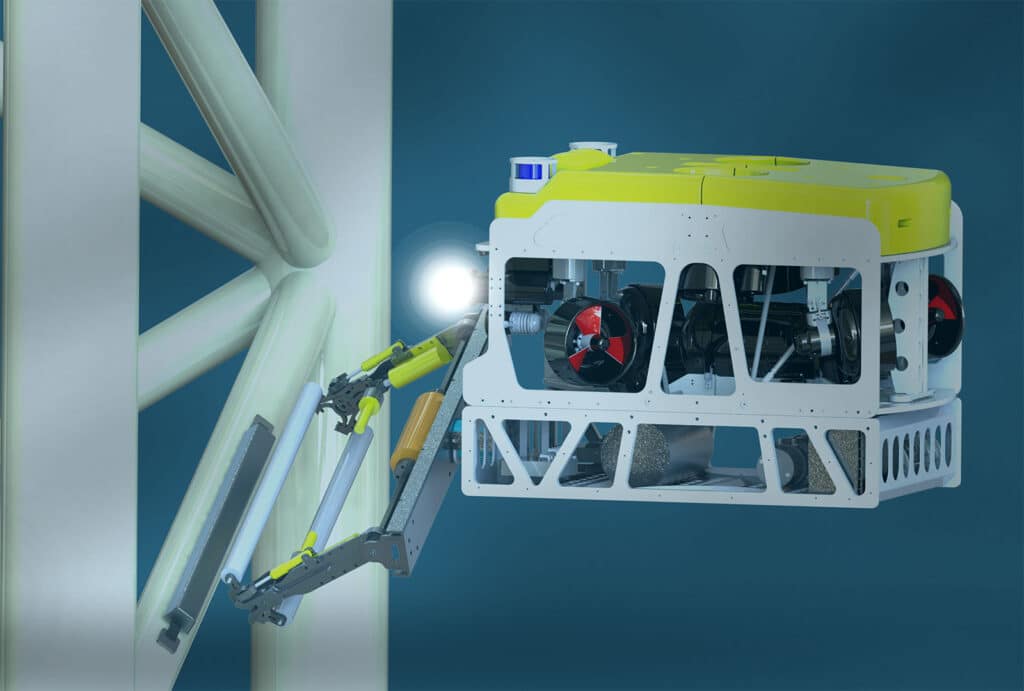Underwater there is a much larger world than what we see on land. A world full of resources and scenarios, which we know almost nothing about. We have been exploring the seabed for some time with different projects, but the big difficulty is to automate the mapping: and underwater environments are particularly difficult for autonomous robots.
These are not roads, objects are constantly moving and changing and robots need to understand where they are without depending on GPS information. A feat.
Ai to learn about the seabed

A team of researchers from Stevens Institute of Technology has developed a robot that can navigate underwater even in a crowded marina. In real time, the robot can map its environment and seabeds, track its location and plan a safe passage through an intricate environment.
“Underwater mapping in an obstacle-filled environment is a very difficult problem, because you don't have the same situational awareness as a flying or land-based robot, and that makes sending a robot underwater an inherently risky process,” he says Brendan Englot, project leader and interim director of the Stevens Institute for Artificial Intelligence.
Artificial intelligence has transformed the system: the algorithm created allows the robot to track and manage the level of uncertainty about its position and surrounding environment. With this new “awareness”, the robot makes decisions in real time even in unexpected circumstances. In Englot's own words, the robot "knows what he doesn't know."
Possible applications
The robot has many potential applications, including port repairs, construction and maintenance of offshore wind farms, aquaculture projects and drilling rigs. Moving forward, the Englot team plans to strengthen the robotic platform to allow for longer-lasting underwater missions.
The next step, however, before mapping the bottom, is to reach it. The robot, a customized BlueROV2, currently operates at a depth of 1 meter and uses sonar signals to detect objects around it. His first “job” was to (successfully) map the harbor at the US Merchant Marine Academy in King's Point, New York.
We are at the dawn of a commitment that will end up making the seabed known and practicable with the tranquility and certainty of our current roads. Sure, one day we will walk them far and wide, but in the meantime the autonomous robots will do it for us.


